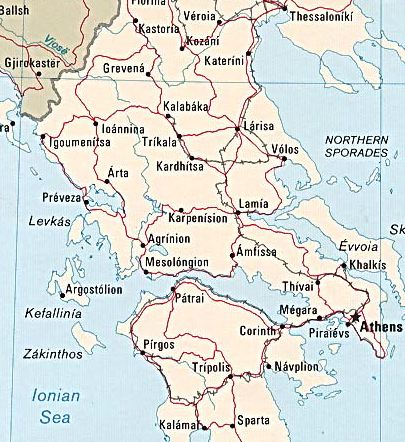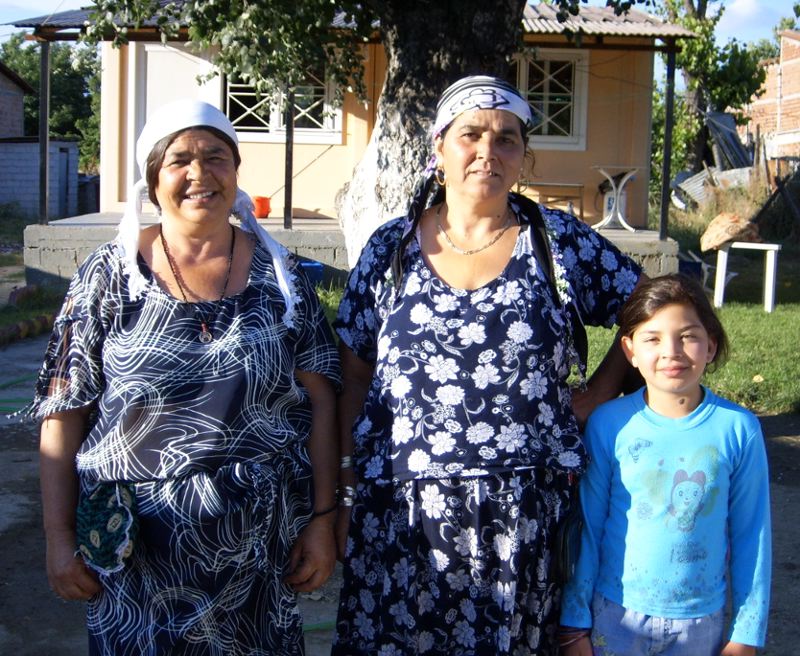Two languages in contact: Romani-Greek
© Veronica Schulman

My study into language contact and convergence is exemplified by Romani and Greek, the first being a language which is spoken throughout Europe with varying dialects across regions. The particular contact situation I am interested in lies in the Thessalian region of Greece, in Sofades, a prefecture of Karditsa. The town has a population of around 7000 people, many of them being Romani speakers. We have a contact situation of over 1000 years, where the Romani language was in constant contact with a changing Greek language, and therefore became fluent in Greek. As the majority of these speakers in Sofades do not attend school, there fluency in both Romani and Greek is learnt through contact with other speakers.
Convergence and contact in this particular language situation has shown to be very interesting in three particular areas of the grammatical structuring of the Sofades Romani dialect.
I will give brief examples of how Sofades Romani speakers have merged the two languages:
SR= Sofades Romani
Gr= Greek
Example 1
| SR | voj | si | andre | k-o | kher |
| PRN.NOM.F.SG | be.PRES.3SG | in | LOC-DEF.NOM.M.SG | house.OBL.M.SG | |
| Gr | afti | einai | mesa | s-to | spiti |
| PRN.NOM.F.SG | be.PRES.3SG | inside | LOC-DEF.ACC.N.SG | house.ACC.N.SG | |
| 'she is inside the house' | |||||
In this example there is a grammatical re-structuring as well as semantic change due to the influence and contact of Greek. The sentence structure of Romani and Greek are similar, both semantically and structurally. k-o/i structurally and semantically similar to Greek s-to: both are locative prepositions and suggest some sort of contact either to be reached or contact in statue; as with Greek, in this case and with other local relations, the preposition andre 'in' can be omitted with the weight of meaning resting on the singular preposition rather than the full 'compound preposition'.
Example 2
| SR | adaa | ker-d-as | les | te | nas-el |
| DEM.NOM.F.SG | make-PFV-3SG | PRN.OBL.M.SG | COMP | leave-PRES.3SG | |
| Gr | afti | ton | e-kan-e | na | fiγ-ei |
| PRN.NOM.F.SG | PRN.ACC.M.SG | PAST-do-3SG | COMP | leave-PFV.PRES.3SG | |
| 'She made him leave' | |||||
Sofades Romani, as with Greek and other Balkan languages, has no infinitive. Due to intense language contact with the Greek language Sofades Romani has undergone fusion with the Greek structure. The structure of complementation is very similar; a clause-linking device (complementiser) is used to link the two clauses, and a non-finite verb form attested in the argument.
Example 3: Borrowing
The factual complementiser oti is borrowed whole-sale from Greek, complement clauses require tighter integration when the clause is highly dependent on the argument; such is the case with factual clauses and because of this we are more likely to find borrowing.
